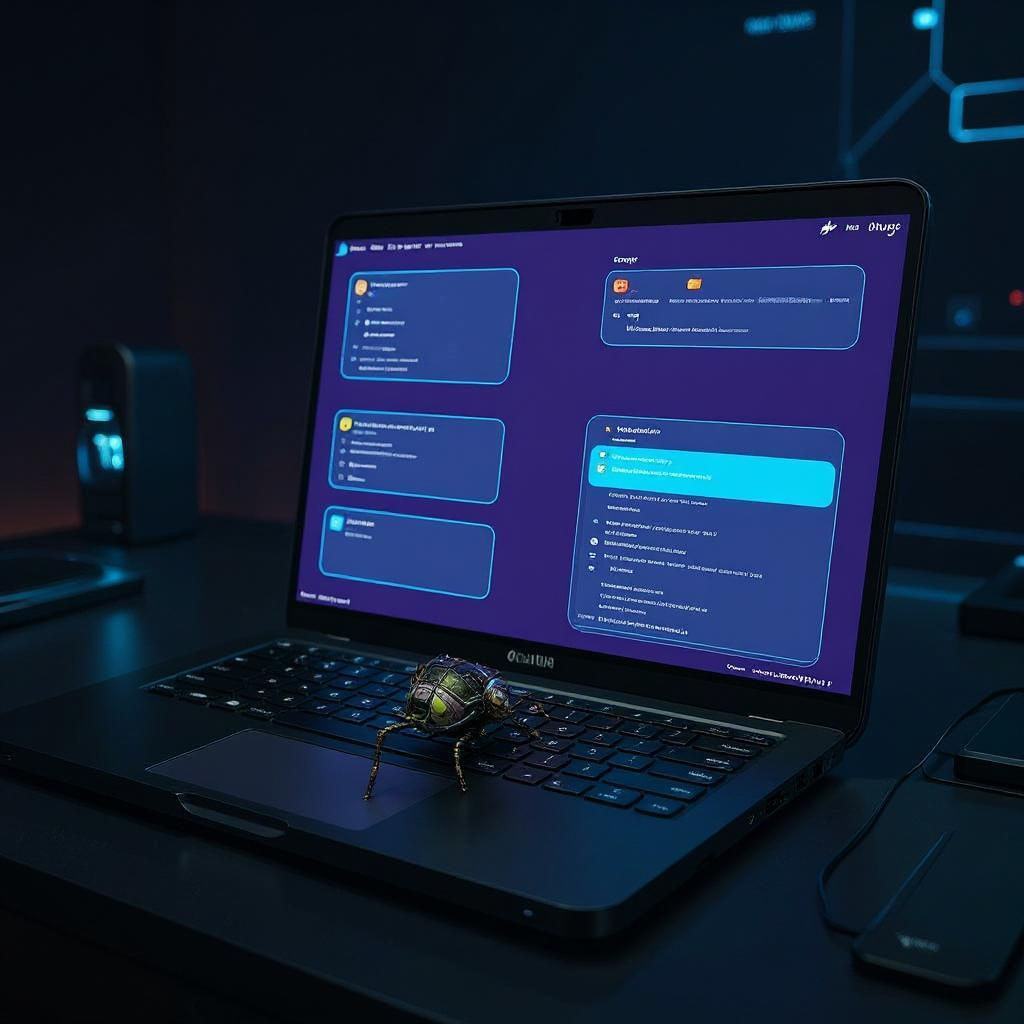In 2025, your site’s top readers aren’t people, but bots. GPTBot, ClaudeBot, and a parade of AI crawlers now outnumber human visitors, consuming your content without clicks, conversions, or credit. This post unpacks who they are, what they’re doing, and how enterprise teams can reclaim control.
Who's Actually Reading Your Site?
You’ve spent months refining your content strategy, optimizing SEO, and launching that insights-driven blog series. But here’s the truth: your most frequent readers aren’t people.
They’re bots.
GPTBot. ClaudeBot. CCBot. AmazonBot.
They crawl quietly around the clock (but mostly during times when server load is lower). They don’t convert, don’t share, and certainly don’t credit you. But they are training on your content. Right now.
Meet Your Real Readers in 2025
According to internal analysis of Webpuppies enterprise client logs and trends consistent with Cloudflare and Imperva’s 2025 Bad Bot Report, bots now generate 51% of all internet traffic, with AI-specific crawlers rising sharply year-over-year.
Here are the top AI crawlers likely hitting your site:
| Crawler | Owner | Primary Purpose | Traffic Share* |
| GPTBot | OpenAI | Trains ChatGPT models | ~35% of AI traffic |
| ClaudeBot | Anthropic | Trains Claude model | ~20% |
| CCBot | Common Crawl | Open web archive for AI training | ~12% |
| AmazonBot | Amazon | Alexa, internal AI | ~10% |
| MetaBot | Meta | Moderation, ranking, model training | ~5%+ |
*Estimates based on Webpuppies client log analysis + Cloudflare/Imperva 2025 data
These bots don’t appear in Google Analytics or your typical attribution stack because they don’t execute JavaScript or load tracking pixels. But your server logs and CDN dashboards (especially those from providers like Cloudflare, Akamai, or Fastly) can reveal this activity via user agent strings, request patterns, and IP metadata. It’s not always plug-and-play, but the signals are there if you know what to look for.
Why It Matters: They Read, But Don’t Always Give Back
To be fair, AI crawlers aren’t purely parasitic. In some cases, they can:
- Expand brand reach through inclusion in LLM-generated responses
- Surface your expertise in AI-driven tools used by technical buyers
- Help your content influence industry conversations, even if attribution is murky
But those benefits are indirect and hard to measure.
Unlike Googlebot, which indexes to drive traffic, AI crawlers ingest your content to serve model outputs. That means:
- No backlinks
- No referral traffic
- No analytics signals
- Zero visibility into how your insights are being used
In short: your intellectual property is powering answers elsewhere.
Strategic Cost: You're Feeding the Competition
We’ve seen this play out in fintech, logistics, and enterprise SaaS:
A product team publishes a brilliant explainer. Six months later, GPT suggests a paraphrased version as a top response. . .with no link to the source.
You built the insight. Another system gets the click.
Not theft, per se. We see it more as value leakage.
Just like data fragmentation quietly kills ROI, content scraping without attribution undermines your return on content investment.
The Shift: Visibility Is Dead. Control Is Next.
In 2025 (just earlier this July), Cloudflare began blocking most AI crawlers by default unless explicitly allowed. That marks a fundamental shift:
Translation = passive visibility to active permission.
It’s no longer enough to publish and hope for the best. Now, you need to decide:
- Who gets access to your content
- What they’re allowed to index
- Whether they return any value to you
This is crawl governance, not SEO.

Framework: Audit, Decide, Enforce
Here’s a governance framework for managing AI crawler access in an enterprise environment. As bots become your largest readers, this model helps teams:
- Detect and quantify AI-driven traffic
- Evaluate the value exchange of that traffic
- Take intentional action to allow, block, or reroute bots based on strategic goals
Think of it as digital access control for your public-facing content because open by default is no longer a safe assumption.
1. Audit Your Logs
Pull server logs from the past 30–90 days. Segment by user agent. Identify:
- GPTBot
- ClaudeBot
- CCBot
- AmazonBot
- MetaBot
2. Decide Based on Value
For each crawler, ask:
- Does this support brand visibility?
- Is it driving indirect traffic or SEO value?
- Does it compete with us in rankings or answers?
If the answers lean negative, then you’re subsidizing your competitors.
3. Enforce Your Policy
Use Cloudflare, robots.txt, and firewall rules to:
- Block unauthorized crawlers
- Allow strategic ones selectively
- Serve cloaked versions (lightweight, metadata only) if needed
What to Watch For
- Spikes in off-hour traffic (1AM–5AM), especially from regions you don’t normally serve
- User agents with “bot” or “crawl” in them showing up in server logs or CDN analytics
- Steady or declining search traffic despite regular publishing, paired with backend bandwidth spikes
- Scrape alerts from security platforms like Cloudflare, Akamai, or BotGuard
If you’re asking “how do I know?”, this is how to start answering it.
Related Reads:
The Bottom Line
Your content is being read, ranked, paraphrased, and possibly monetized by systems that don’t attribute or convert.
The old rule was visibility. The new rule is permission.
So, start by asking: Who’s reading my site anyway? And should they be?
Crawl Visibility, Done Strategically
Webpuppies helps digital leaders audit crawler activity and align content architecture with AI-era realities.
If you’re seeing scraping without signals, let’s talk. Start with a visibility consult.

